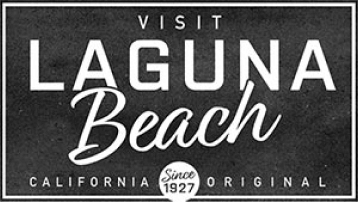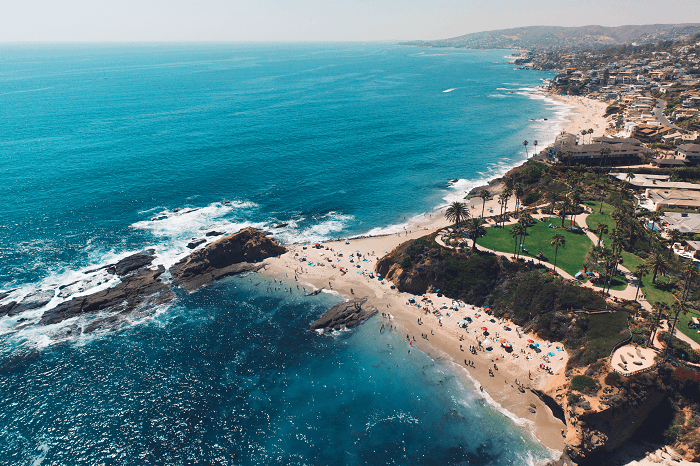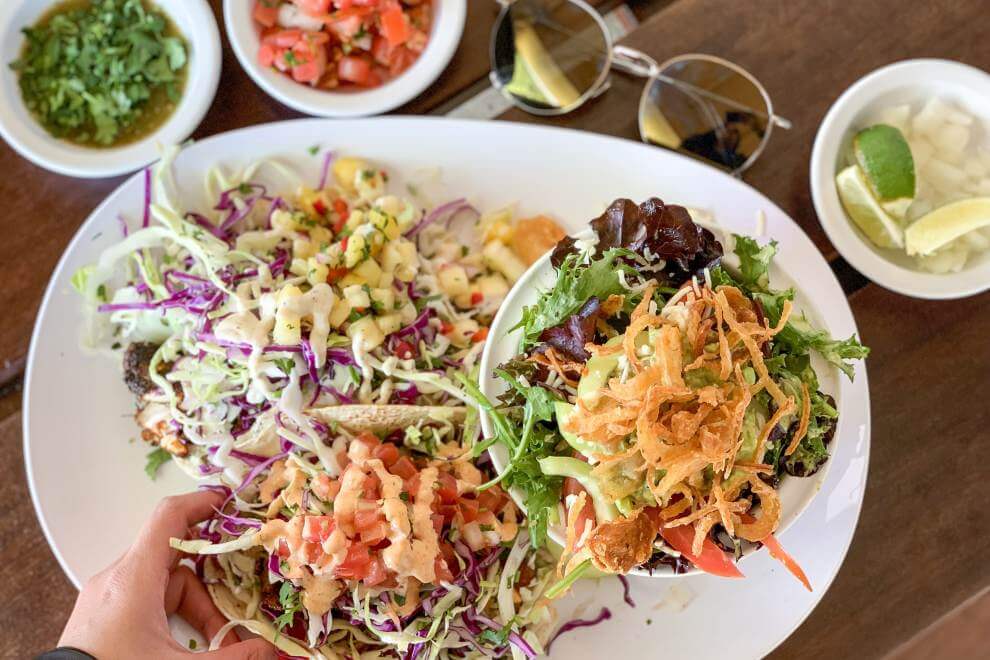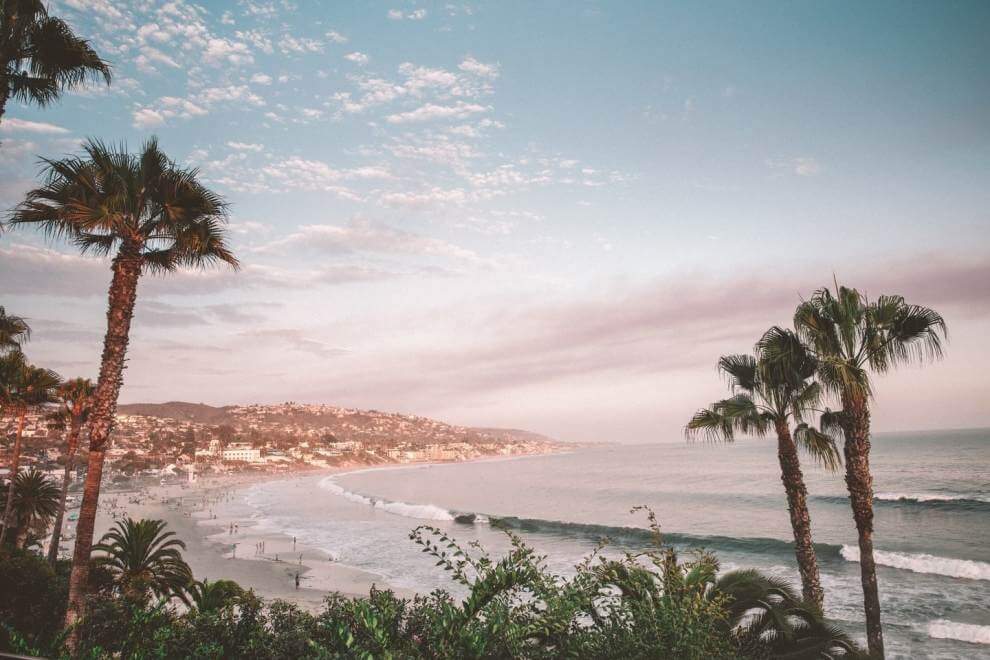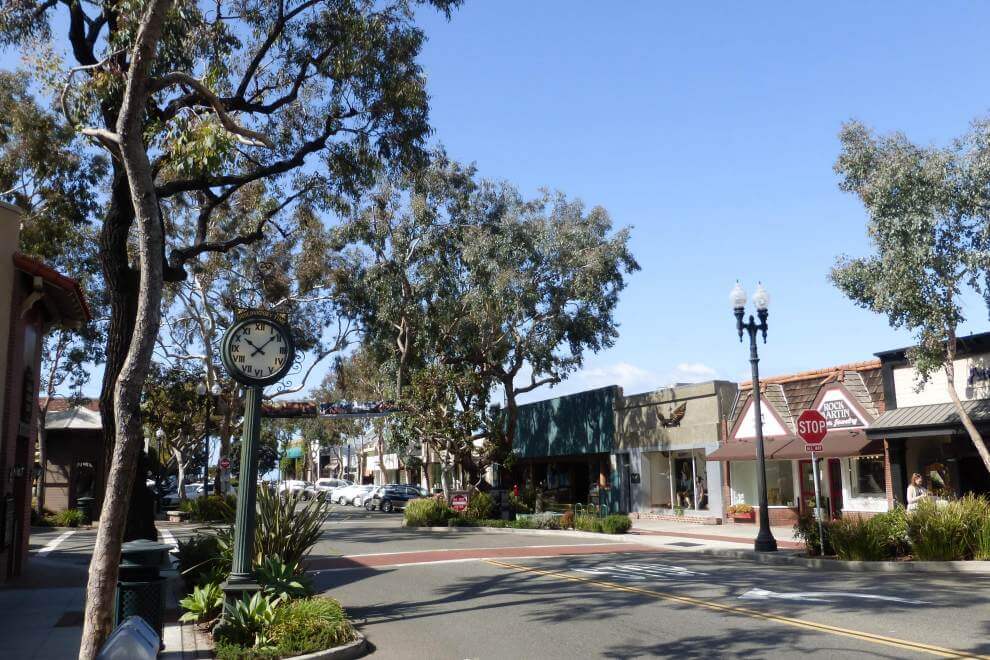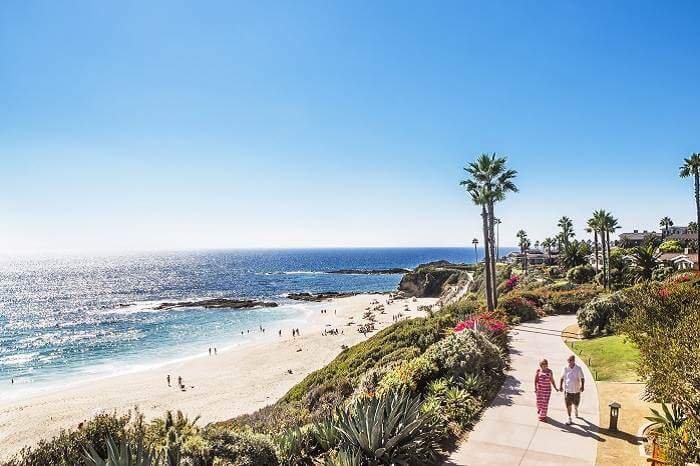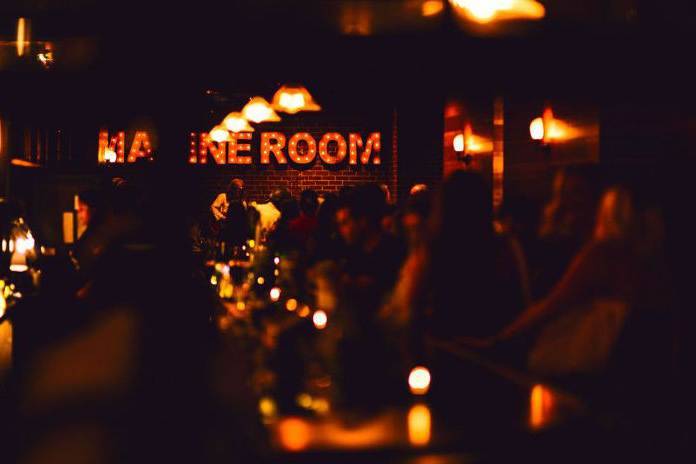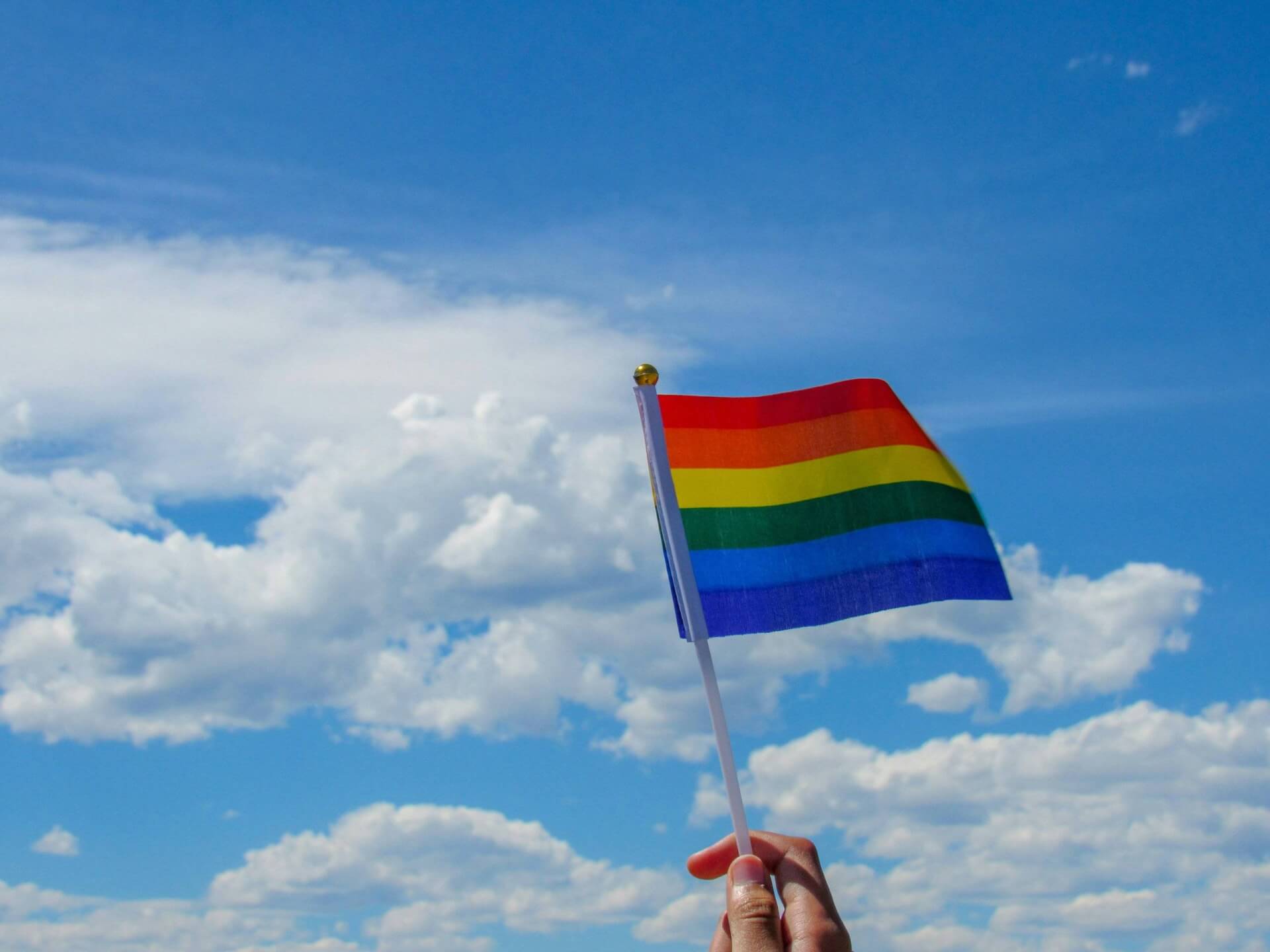
The Long History of LGBTQ+ Advocacy in Laguna Beach

Most of us know that the LGBTQ+ scene in Laguna Beach during the ‘70s was mainly what gave the city it’s reputation of being an LGBTQ+ friendly destination.
But the city’s sordid past with the LGBTQ+ community started many decades before the beaches were heavily sprinkled with gay men during the summer of love.
The Southern California film industry discovered in the ‘20s that Laguna Beach made for a great shooting location, and members of these early movie crews were the first gays to arrive and discover the beachside city. By 1927, The South Seas Bar, which was located in the Coast Inn, was designated as a late night place for gay men to meet and spend time together – that same bar would years later be transformed into the iconic Boom Boom Room. There are both great and not so great moments in the city’s queer history, but at the end of the day, Laguna Beach was and still is a mecca for the LGBTQ+ community, whether as a residence or favorite vacation spot. What follows is a brief look through the chapters that shaped the city into becoming the accepting and open city that it is today.
The 1950s were a tough time for queers all across the nation, as President Eisenhower issued an order mandating sexual perversion as grounds for dismissal from Federal employment, including the armed services, which then promoted the hunts for gays within the federal government and beyond. It didn’t take long before Disneyland adopted regulations regarding public dancing, which included a ban on same-sex “shimmying,” which can be mocked now, but back then, was just another way to discourage queers from being open about their sexuality. By the ‘60s things weren’t getting any better, but were on their way to improving due to countless heroes who had finally had enough. Stonewall West, which took place prior to the Stonewall rights in New York, occurred on January 1, 1967, when the LA Police Department raided the Black Cat and New Faces bars in the LA Silver Lake District and many patrons and employees were injured. Days later on the 5th of January, a demonstration was held, organized by the Personal Rights in Defense and Education (PRIDE), which was the start of a queer revolution on the west coast, including in Laguna Beach.
By the ‘70s Laguna Beach had earned its reputation as being one of the only places in Orange County where queers were meeting. West Street Beach became the mecca of gay social life, including an unofficial “Mayor” of West Beach who held a “Grand Opening” of the beach that took place on Sunday of Memorial Day weekend with a pink ribbon cutting ceremony. During this decade, there were many protests, meetings and discussions held in and around Laguna Beach, discussing the treatment of the LGBTQ+ community. This was also a time when LGBTQ+ organizations were continuing to form and when queers really started to make their presence known, by no longer hiding. This was also a time with the police were still raiding bars in Orange County, mimicking what was going on throughout the country.
In 1983, Laguna Outreach was founded for those interested in social issues, and Bob Gentry, who later came out as a gay man, was elected to the Laguna Beach City was established and sponsored by Laguna Outreach. The ‘80s were also a time of crisis in our country, when the AIDS epidemic was at its full force, destroying lives and also, bringing a devastated community, even closer. The Laguna Beach AIDS Task Force was established by the Laguna Beach City Council, which had 16 local representatives, including members of Laguna Outreach. At the end of the ‘80s, Bob Gentry was honored by the OC Human Relations Commission for his work in stopping discrimination regarding AIDS/HIV in Laguna Beach.
The next decade was mainly about visibility and services. Bob Gentry was now an openly gay mayor, who was not only working for all Laguna Beach residents, but also fighting for the LGBTQ+ community, which included passing a domestic partnership ordinance in 1992. The next year, Hagan Place, a home for AIDS patients, was established in the city. And in the spring of ‘94, Laguna Outreach sponsored the first annual “Laguna Pride Weekend,” in an effort to bring the communities gay and non-gay together, and offer support to local businesses. By 1995 though, conservative Republicans gained control of the Laguna Beach City Council and protested the annual “Laguna Pride Festival” by withdrawing their endorsement of the event. The years that followed were met with ups and downs and as the world evolved, so did Laguna Beach.
Fast forwarding to present day, 2017 brought about a resurgence of the importance of the presence of the LGBTQ+ community within Laguna Beach. In early 2017, a group of Laguna Beach businesses and residents gathered, including the Mayor, to discuss how to “bring the gay back.” This group is now known as the Laguna Beach LGBTQ+ Heritage & Culture Committee, which works to ensure that the LGBTQ+ community is honored and celebrated in Laguna Beach. In May of the same year, Mayor Toni Iseman presided over the resolution that the month of June was to be LGBTQ+ Heritage & Culture Month in Laguna Beach…forevermore.
Of course this is just a glimpse at rich history of LGBTQ+ events that took place in and around Laguna Beach, and doesn’t include everything. The good news is that historians have been recording anything and everything LGBTQ+ that took place within Orange County, which includes Laguna Beach, and can be accessed through archives at the University of California Irvine Libraries, both online and in-person. Laguna Beach’s LGBTQ+ history is still being written, and with such an exciting reinvigoration by the local community last year, only great things are to come, like the revival of Laguna Beach Pride Weekend, taking place every year in the spring.
